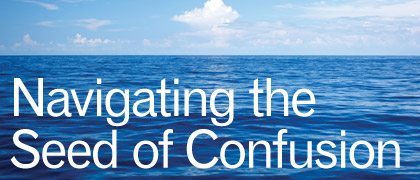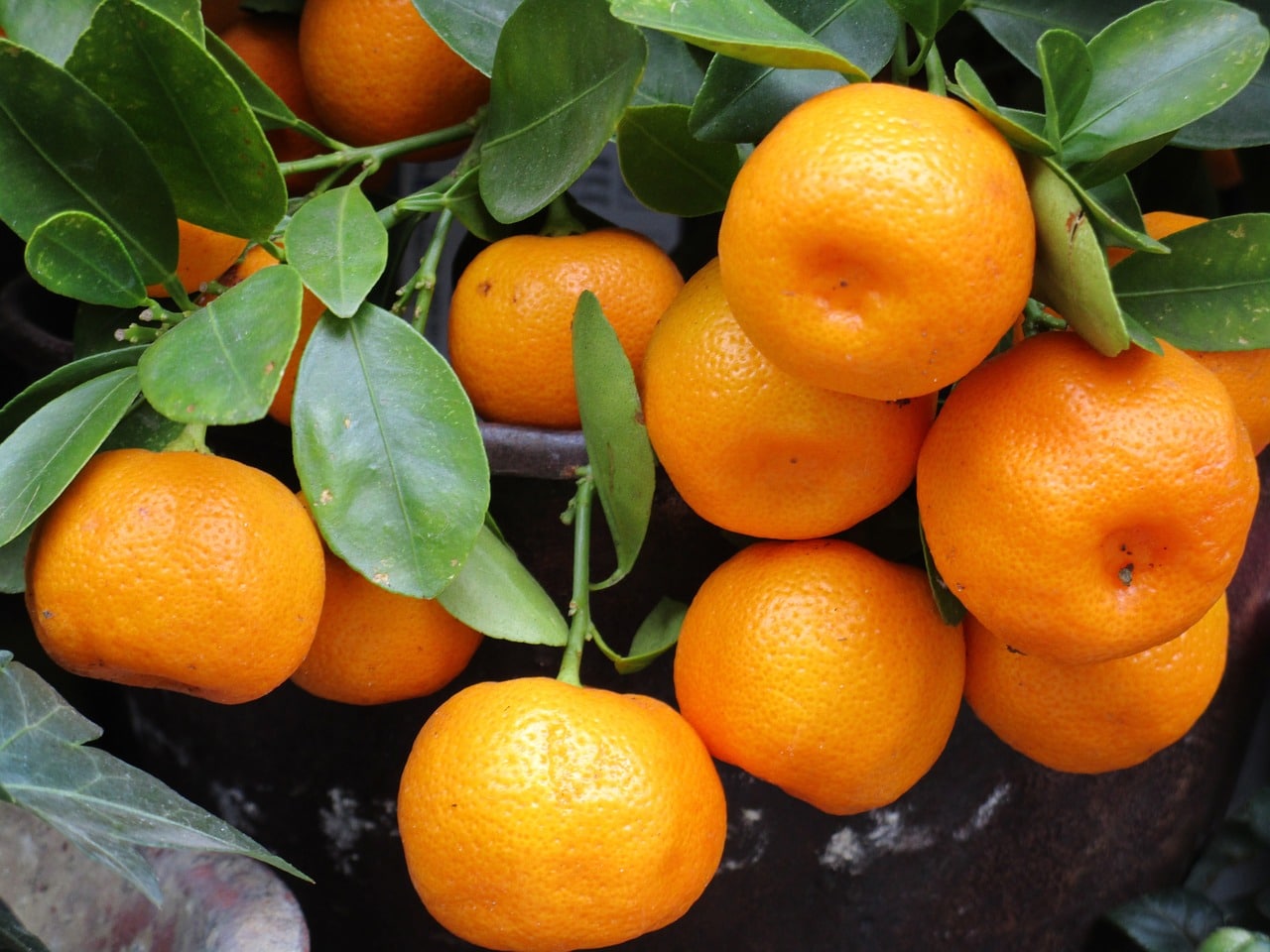Intellectual property tools such as patents protect innovations in seed. However, as technology increases and the sector becomes more competitive, challenges with patents in the seed industry are cropping up and the lines between different IP tools are sometimes blurred.
According to James Weatherly and Barb Campbell, patent attorneys with Cochran Freund &Young LLC, in order to understand some of the challenges involving agriculture patents it is very important for the United States seed industry to understand the various intellectual property tools available to them.
A U.S. patent provides the patent owner the right to exclude others from making, using, offering for sale, or selling the invention throughout the United States or importing the invention into the United States. There are three different types of patents available in the United States: utility, design and plant patents.
U.S. utility patents are granted for a new and useful process, machine, manufacture, or composition of matter, or a new and useful improvement. “Examples for the United States agriculture industry may include but are not limited to novel genes, promoters, selectable markers, DNA, proteins, traits, such as disease resistance, higher oil concentrations, or higher fatty acid, varieties, inbreds or hybrids,” says Weatherly. “The scope of protection is based upon the scope of the claims for the issued patent.”
Design patents are for a new, original and ornamental design for an article of manufacture, says Weatherly, and “examples may include new shapes for seed containers and plant tags.”
A U.S. plant patent is distinctly different from other forms of patent protection in the United States. A plant patent is defined under U.S. law as, “whoever invents or discovers and asexually reproduces any distinct and new variety of plant, including cultivated sports, mutants, hybrids, and newly found seedlings, other than a tuber propagated plant or a plant found in an uncultivated state, may obtain a patent therefore, subject to the conditions and requirements of this title.”
Meanwhile, beyond patent protection, plant variety protection is another form of IP protection in the United States. PVP protection applies to any sexually reproduced or tuber propagated plant variety. A PVP owner has the right, during the term of the plant variety protection, to exclude others from selling the variety, offering it for sale, reproducing it, importing it, exporting it, or using it in producing a hybrid or different variety.
Some of the key differences between utility patents, plant patents and PVP protection include the following:
• Plant patent protection is narrow in scope, in that protection is limited to the asexual reproduction of the protected plant.
• Utility patents allow for much broader protection of a novel variety, trait or other novel invention, and can be used to protect not only a specific sexually produced germplasm or variety, but also the protected variety, plant parts and the use of germplasm in breeding programs depending on the scope of the claims of the patent.
• PVP protection tends to not be as broad as utility patent protection but is broader than plant patent protection in that PVP protection does allow for certain forms of research, breeding and farm-saved seed.
The Bowman case involves self-replicating technology in relation to patent exhaustion, and the outcome of the case could have a huge impact on the seed industry.
Challenges with Patents
Weatherly says one of the biggest patent challenges potentially facing the United States agriculture industry is the Bowman versus Monsanto case, currently before the United States Supreme Court. The Bowman case involves self-replicating technology in relation to patent exhaustion, and the outcome of the case could have a huge impact on the seed industry.
“Patent exhaustion applies once an unrestricted sale, authorized by the patent owner, of a patented product takes place. From that point forward, the patent owner’s exclusive monopoly to control the use and sale of the patented product is exhausted,” explains Weatherly. “The purchaser of the product is then free to use or resell that product. However, courts have traditionally held that self-replicating technology, such as seed, has not fallen under the rule of patent exhaustion.”
The Bowman case involves the use of seeds including Monsanto’s patented Roundup Ready herbicide-resistance trait. Bowman purchased seeds from a local grain elevator which had been harvested from local fields in previous seasons and included seeds with the Roundup Ready trait. After purchasing the seeds, Bowman planted them and saved some of the resulting seed for planting again.
“If the U.S. Supreme Court narrows the scope of patent exhaustion for self-replicating products, it may seriously impact companies’ abilities to protect novel seed in the United States.”
— James Weatherly
Patent Exhaustion
Monsanto prevailed on summary judgment of infringement at the district court. On appeal to the Federal Circuit, Bowman argued that the authorized sale of the seed by the grain elevator triggered patent exhaustion and that subsequent generations of seed could also be used, because the purchased seed “substantially embodies” later generations.
The Federal Circuit rejected the argument that the second generation seed was a “substantial embodiment” of the patented seed, and held that exhaustion was not available as a defense to infringement for at least some of Bowman’s activities. The Federal Circuit focused its decision on the plants and seed Bowman grew from the purchased seed. The court held that the grain elevator’s authorized purchase did not exhaust Monsanto’s rights in subsequent generations of plants and seeds that Bowman made from the purchased seed. According to the court, “The fact that a patented technology can replicate itself does not give a purchaser the right to use replicated copies of the technology.”
However, the case has now hit the Supreme Court, and Weatherly says anything could end up happening. The Federal Circuit refused to find exhaustion where a farmer used seeds purchased in an authorized sale for their natural and foreseeable purpose—namely, for planting. The question is whether the Federal Circuit erred by:
• refusing to find patent exhaustion in patented seeds even after an authorized sale, and by
• creating an exception to the doctrine of patent exhaustion for self-replicating technologies.
At this time, it is not certain if the Supreme Court is going to leave the issue as it is, or if they are going to broaden or narrow the scope of patent exhaustion. And depending which way it goes, it might have a huge impact on innovation in the seed industry.
“If the U.S. Supreme Court narrows the scope of patent exhaustion for self-replicating products, it may seriously impact companies’ abilities to protect novel seed in the United States, because for those varieties that are only protected by patents, subsequent generations of the patented seed may no longer fall under patent protection,” says Weatherly. “It’s important to note that the U.S. Solicitor General recommended that the Supreme Court not hear this case; however, the Supreme Court is going to hear it, which means that anything could happen.”
Burgeoning Patent Costs
Another challenge of patents in the U.S. seed industry is the policing for unauthorized use of patented seed. “Many companies apply for patent protection for their seed; however, not all companies have internal policies in place for monitoring for unauthorized use of patented seed,” says Campbell. “Patent protection is only as good as the ability of the patent owner to monitor for unauthorized use of the patented seed, and take action against those parties who are making, using or selling the patented seed without authorization.”
“Patent protection is only as good as the ability of the patent owner to monitor for unauthorized use of the patented seed, and take action against those parties who are making, using or selling the patented seed without authorization.”
— Barb Campbell
In many cases, lack of policing is due to limited human resources and money, which leads to another challenge—the increasing cost of the patents themselves. “Patents for varieties, as well as traits, have increased significantly in the past several years. Some companies have strategies for filing a patent for every new variety, while others pick and choose to file patents for only the best commercial varieties,” Campbell says. “Thus, the number of patents filed by a company is definitely a business decision, but one that is heavily influenced by monies available.”
Navigating the Patent Waters
According to Weatherly and Campbell, there are some simple things seed companies should remember when developing an intellectual property strategy involving patents and PVP, including the following:
1) Develop an IP protection strategy and make sure your employees understand the strategy.
2) Identify potentially valuable IP early and make sure you are working on protecting the IP before you begin sales. “Identify a company’s intellectual property early, including plant varieties that may be protected by utility patents and plant breeders rights, as well as trademarks and trade secrets,” says Weatherly. “This is an important mechanism for ag companies to protect their research and breeding programs, while also allowing companies to reap the benefits of their labor earlier and more often. Developing an intellectual property strategy can allow a company to expedite the process for the introduction of new traits and/or new varieties into the market, while also ensuring the protection of the trait or variety, thereby potentially maximizing a company’s profitability.”
3) Be proactive about protecting your research. “That is, be aware of potential conflicts and bars for protecting potential IP,” Campbell and Weatherly explain. “For example, be aware of dates of potential public disclosures. If you are interested in protecting IP that is the subject of a published paper, for example, be aware that you can potentially lose both domestic and international rights if you fail to file for IP protection before any public disclosure.”
4) Protect as broadly as possible, but know that broad protection is more difficult to obtain, so make sure to protect yourself narrowly as well. “It is becoming increasingly difficult to obtain broad patent protection; therefore, be sure to include as much information as possible in the application so that if necessary you may claim a narrower aspect or aspects of your invention,” says Campbell and Weatherly.
5) Decide where you want to protect your IP. Are you only interested in U.S. protection, or are you also interested in international protection? Weatherly says there are specific requirements for each type of protection.
6) Once you have been granted IP protection, “make sure that your IP protection is not inadvertently abandoned,” says Campbell. “That is, set up internal databases or spreadsheets monitoring the expiration dates of the patents and the due dates of any applicable fees.”
7) Budget properly. “IP protection can be costly and it is important to balance the cost of obtaining/maintaining IP with the benefit of monies received from the IP,” Campbell says.
Julie McNabb
Editor’s Note: James M. Weatherly and Barbara Campbell are attorneys at Cochran Freund & Young LLC in Denver, Colo., and have more than 13 years of experience in prosecuting horticultural and biotechnology-based patents, plant patents, United States plant variety protection, plant breeders’ rights and trademarks in North America, Europe, Africa, South America, Asia and Australia. They can be contacted at jamesw@patentlegal.com or barbc@patentlegal.com.
|
Pioneer’s New Use of Patents In October 2011, Pioneer Hi-Bred filed for Canadian patents to protect its new soybean varieties coming to market in spring 2012. The variety improvement patents protect the variety through a patent on an entire cell of the soybean variety instead of just a single trait. The patent gives Pioneer Canada the exclusive right to produce the VIP seed, market, sell and perform breeding activities with that variety. “These aren’t plant variety patents, but rather variety improvement patents on specific cells in soybean plants,” says Dave Harwood of Pioneer Hi-Bred. It was a move to clarify that the varieties in question are sold for single use only, and not to produce saved seed for subsequent years’ crops. “It appears that Pioneer has identified a way to protect varieties in Canada,” says James Weatherly of Cochran Freund & Young LLC. “It will be interesting to see how enforceable these patents are in Canada going forward. It will also be interesting to see if the use of the protection of cells of a variety, as identified in the Pioneer Canadian patents, potentially opens a door to the same type of protection outside of Canada and the United States. Traditionally the United States, Australia and Japan have been the most identifiable countries where varieties could be protected by patents. Companies looking for protection of varieties in Europe and other countries have traditionally had to seek protection through the use of plant breeders’ rights.” Julie McNabb |
|
Industry Solution to Patent Expiration Launched The Generic Event Marketability and Access Agreement developed by the Biotechnology Industry Organization and the American Seed Trade Association is now open for signature. The GEMAA is a landmark agreement created within the private sector-driven framework, referred to as the Accord. The Accord was developed to address the transition of commercial biotechnology events as they go off-patent. When implemented, the GEMAA will provide confidence to growers, breeders and grain handlers in the use of generic biotechnology events. The GEMAA is intended to benefit the entire agriculture value chain by ensuring the maintenance of foreign regulatory authorizations and stewardship obligations following the expiration of patents for biotechnology events utilized in seed varieties. More information about the Accord and the GEMAA signature process can be found at AgAccord.org. |














